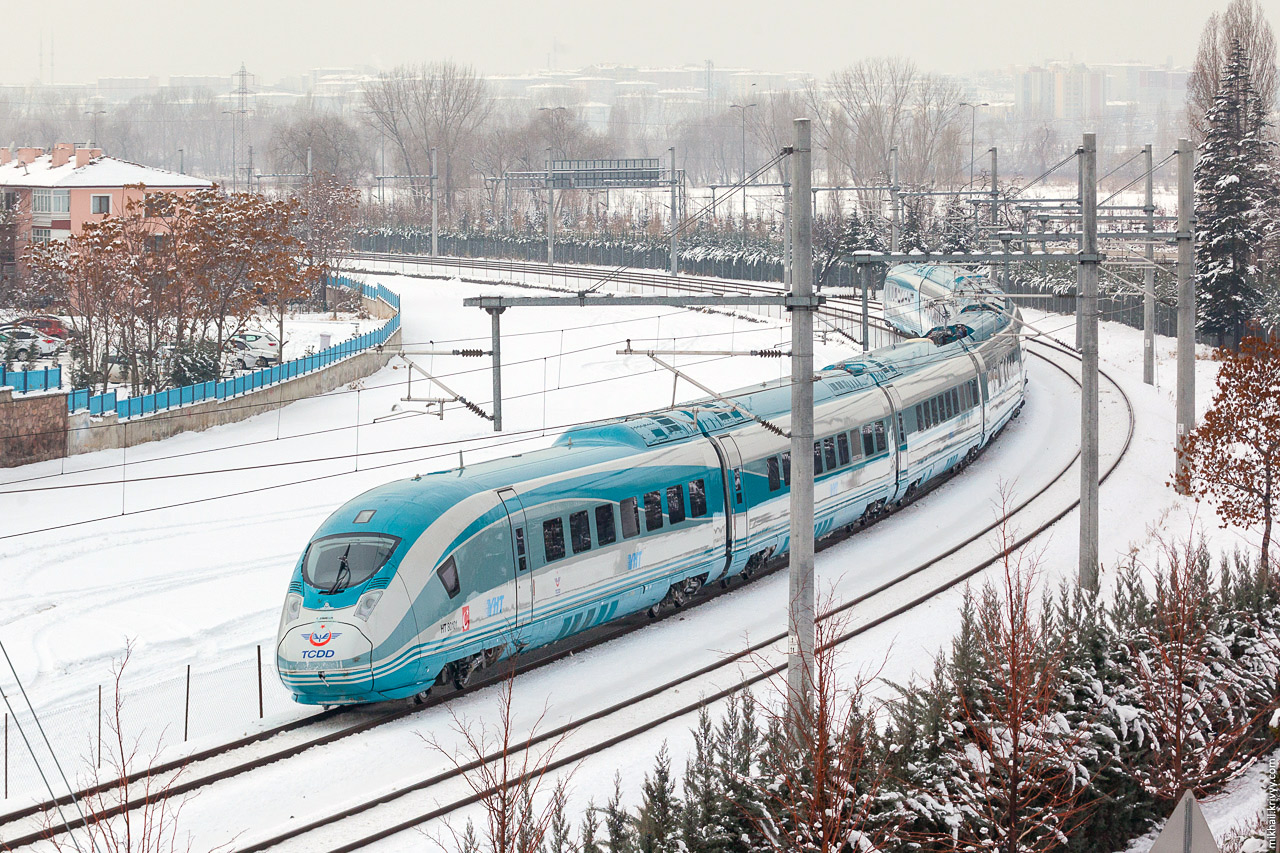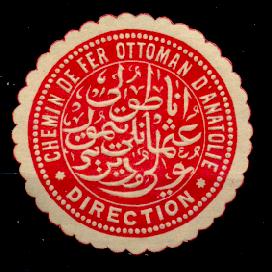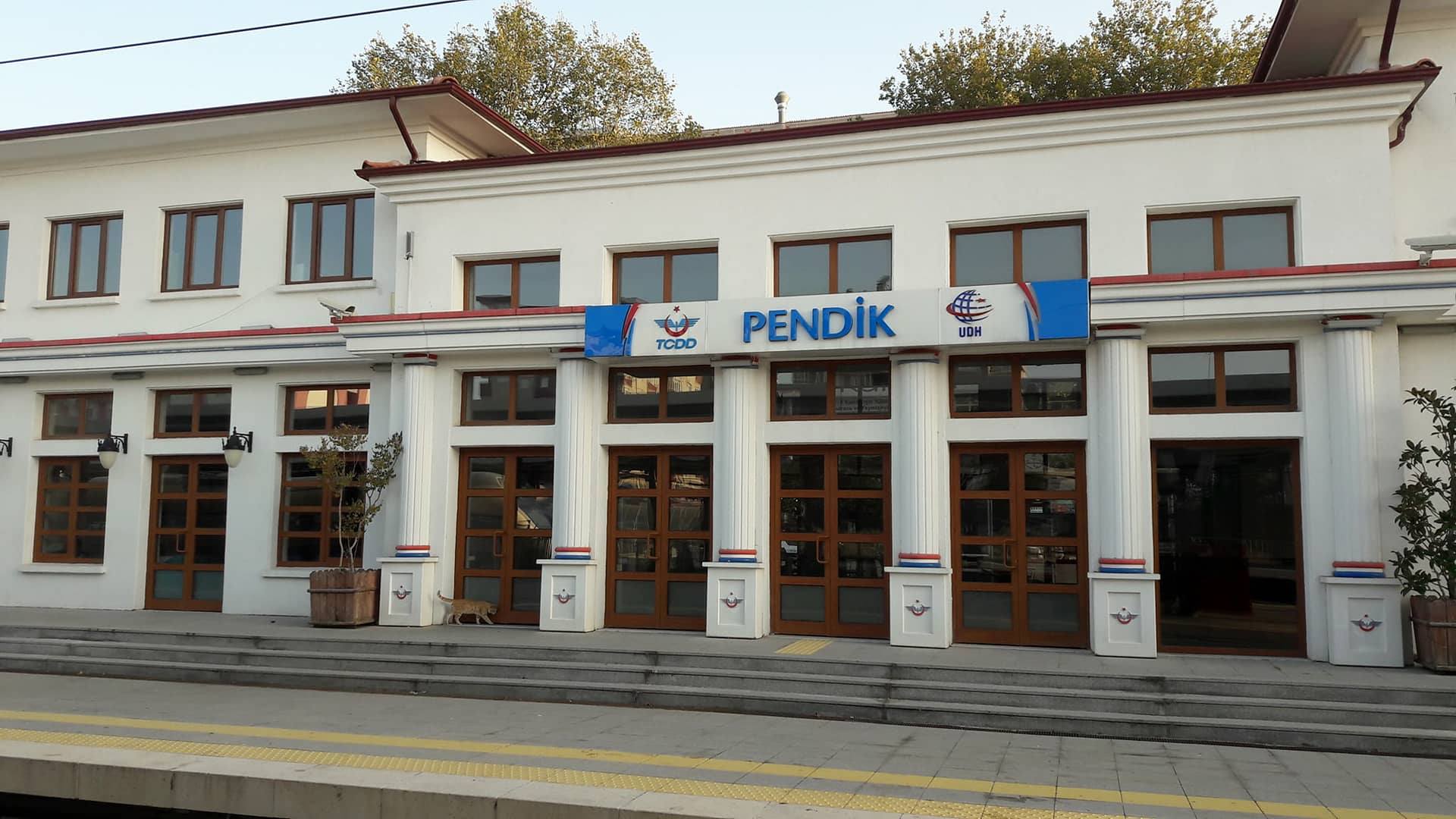|
Tuzla Railway Station
Tuzla station ( tr, Tuzla istasyonu) is a station, under construction, on the Marmaray commuter rail line in Tuzla, Istanbul. It was previously a station on the Haydarpaşa suburban and the Haydarpaşa-Adapazarı Regional until 2013, when all train service east of Pendik was suspended. The new station consists of one island platform serving two local tracks with a third express track on the south side as well as a siding. History Tuzla station was originally built in 1873 by the Ottoman government as part of a railway from Constantinople (modern-day Istanbul) to İzmit. The station (along with the railway) was sold to the Ottoman Anatolian Railway in 1888 and taken over by the Turkish State Railways in 1927. The station was rebuilt and expanded in 1949 and electric commuter train service was introduced in 1969. Tuzla station was closed down in 2013 for the rehabilitation of the railway in anticipation of Marmaray and YHT high-speed rail service. 1994 Bombing Tuzla ... [...More Info...] [...Related Items...] OR: [Wikipedia] [Google] [Baidu] |
TCDD Taşımacılık
TCDD Taşımacılık A.Ş. ( en, TCDD Transport, reporting mark TCDDT) is a government-owned railway company responsible for the operations of most passenger and freight rail in Turkey. The company was formed on 14 June 2016, splitting off from the Turkish State Railways (TCDD) to take over railway operations, while TCDD would continue to administer railway infrastructure. TCDD Taşımacılık officially began operations on 1 January 2017. TCDD Taşımacılık operates trains on a network of over within 59 of the 81 provinces in Turkey. Organisation TCDD Taşımacılık is a government-owned company responsible for the operation of passenger and freight railways within Turkey, including logistical centers and train ferries, using infrastructure owned and maintained by the Turkish State Railways. Passenger Operations TCDD Taşımacılık operates passenger rail service on most of its network. Passenger trains service most major cities in Turkey, although a few are without tra ... [...More Info...] [...Related Items...] OR: [Wikipedia] [Google] [Baidu] |
Chemins De Fer Ottomans D'Anatolie
The Chemins de Fer Ottomans d'Anatolie ( tr, Osmanlı Anadolu Demiryolları, en, Anatolian Railway), founded on 4 October 1888, was a railway company that operated in the Ottoman Empire.CFOA History - Trains and Railways of Turkey The company was headquartered in . The CFOA was the busiest railway in the Ottoman Empire and was one of the two railways operating into İstanbul, along with the . The (İstanbu ... [...More Info...] [...Related Items...] OR: [Wikipedia] [Google] [Baidu] |
Railway Stations Opened In 1873
Rail transport (also known as train transport) is a means of transport that transfers passengers and goods on wheeled vehicles running on rails, which are incorporated in tracks. In contrast to road transport, where the vehicles run on a prepared flat surface, rail vehicles (rolling stock) are directionally guided by the tracks on which they run. Tracks usually consist of steel rails, installed on sleepers (ties) set in ballast, on which the rolling stock, usually fitted with metal wheels, moves. Other variations are also possible, such as "slab track", in which the rails are fastened to a concrete foundation resting on a prepared subsurface. Rolling stock in a rail transport system generally encounters lower frictional resistance than rubber-tyred road vehicles, so passenger and freight cars (carriages and wagons) can be coupled into longer trains. The operation is carried out by a railway company, providing transport between train stations or freight customer faciliti ... [...More Info...] [...Related Items...] OR: [Wikipedia] [Google] [Baidu] |
Railway Stations In Istanbul Province
Rail transport (also known as train transport) is a means of transport that transfers passengers and goods on wheeled vehicles running on rails, which are incorporated in tracks. In contrast to road transport, where the vehicles run on a prepared flat surface, rail vehicles (rolling stock) are directionally guided by the tracks on which they run. Tracks usually consist of steel rails, installed on sleepers (ties) set in ballast, on which the rolling stock, usually fitted with metal wheels, moves. Other variations are also possible, such as "slab track", in which the rails are fastened to a concrete foundation resting on a prepared subsurface. Rolling stock in a rail transport system generally encounters lower frictional resistance than rubber-tyred road vehicles, so passenger and freight cars (carriages and wagons) can be coupled into longer trains. The operation is carried out by a railway company, providing transport between train stations or freight customer faciliti ... [...More Info...] [...Related Items...] OR: [Wikipedia] [Google] [Baidu] |
Siding (rail)
A siding, in rail terminology, is a low-speed track section distinct from a running line or through route such as a main line, branch line, or spur. It may connect to through track or to other sidings at either end. Sidings often have lighter rails, meant for lower speed or less heavy traffic, and few, if any, signals. Sidings connected at both ends to a running line are commonly known as loops; those not so connected may be referred to as single-ended or dead-end sidings, or (if short) stubs. Functions Sidings may be used for marshalling (classifying), stabling, storing, loading, and unloading vehicles. Common sidings store stationary rolling stock, especially for loading and unloading. Industrial sidings (also known as spurs) go to factories, mines, quarries, wharves, warehouses, some of them are essentially links to industrial railways. Such sidings can sometimes be found at stations for public use; in American usage these are referred to as team tracks (after the use ... [...More Info...] [...Related Items...] OR: [Wikipedia] [Google] [Baidu] |
Adapazarı Railway Station
Adapazarı station is the main terminal railway station in the city of Adapazarı. It is the eastern terminus of the Haydarpaşa-Adapazarı Regional, the most heavily used rail service line in Turkey and second most in service frequency. The station is located directly in the city center. The other two stations serving Adapazarı are Mithatpaşa railway station, located in southwestern Adapazarı and Arifye railway station, located in Adapazarı's southern suburb. The station is situated on the north end of the Adapazarı Branch, which connects to the Istanbul––Ankara Main Line at Arifye. The station was opened on November, 1899 by the Anatolian Railway (CFOA). The railway intended to continue to the railway to Bolu and then Ankara, but this never happened and the station became a terminal. In 1969, the line was electrified and new improved regional service was added to İstanbul ) , postal_code_type = Postal code , postal_code = 34000 to 34990 , ... [...More Info...] [...Related Items...] OR: [Wikipedia] [Google] [Baidu] |
Ankara Tren Garı
Ankara Tren Garı ("Ankara Train Station"), alternatively known as Ankara YHT railway station ( tr, Ankara Yüksek Hızlı Tren Garı) and abbreviated as ATG, is a mixed-use commercial building in Ankara, Turkey. The building houses a shopping mall, a five-star hotel and commercial offices, as well as a concourse for YHT high-speed trains. Situated next to the Ankara railway station, the ATG terminal was built on the southern half of land used by the Ankara station, on the former site of two platforms serving commuter trains along with storage tracks. The building officially opened on 29 October 2016, on the 93rd anniversary of the proclamation of the Republic of Turkey, along with Ankara station's high-speed platforms located underneath the structure. The building is owned by the Turkish State Railways (TCDD) and operated by a private company known as ''Ankara Tren Gar İşletmesi A.Ş''. TCDD Taşımacılık uses the building for its ticket and information booths, waiting ... [...More Info...] [...Related Items...] OR: [Wikipedia] [Google] [Baidu] |
Pendik Railway Station
Pendik station ( tr, Pendik garı) is the main railway station in Pendik, Istanbul. Located between Hatboyu and Abdülhalik Renda Avenues in southeastern Pendik. TCDD Taşımacılık operates YHT trains to Ankara and Konya, via Eskişehir, along with daily regional trains to Adapazarı. The station is away from Haydarpaşa station in central Istanbul. The metro line M10 is currently under construction to make the link with Sabiha Gökçen Airport, which is located about 9km in the North. History Pendik station was originally opened in 1872 by the Ottoman government, as part of a railway from Constantinople (modern-day Istanbul) to İzmit. The railway was later taken over by the Ottoman Anatolian Railway (CFOA) in 1888 and extended to Konya and Ankara. In 1909, the railway began operating frequent train service from Haydarpaşa station to Pendik. The CFOA was nationalized in 1927 and in 1936, Pendik station was rebuilt and expanded by the Turkish State Railways. In 1969, the ... [...More Info...] [...Related Items...] OR: [Wikipedia] [Google] [Baidu] |
Söğütlüçeşme Railway Station
Söğütlüçeşme railway station ( tr, Söğütlüçeşme İstasyonu) is a railway station in the Kadıköy district of İstanbul, Turkey. Up until 2013, the station was serviced by commuter trains as well as regional and intercity trains. Söğütlüçeşme was closed down on 19 June 2013 for the rehabilitation and expansion of the railway for the new Marmaray commuter rail system. Located east from Haydarpaşa station, it is situated upon a viaduct with two island platforms with four tracks. Söğütlüçeşme station reopened on March 12, 2019 along with the rest of the Marmaray project until Gebze History The original station was opened in 1872 by the Ottoman government, as part of a railway from Kadıköy to İzmit. This station was located just north of the actual one at ground level. The station, along with the railway, was sold to the Ottoman Anatolian Railway (CFOA) in 1880. The CFOA operated the railway until 1924, when it was bought by the Turkish government and ... [...More Info...] [...Related Items...] OR: [Wikipedia] [Google] [Baidu] |
Island Platform
An island platform (also center platform, centre platform) is a station layout arrangement where a single platform is positioned between two tracks within a railway station, tram stop or transitway interchange. Island platforms are popular on twin-track routes due to pragmatic and cost reasons. They are also useful within larger stations where local and express services for the same direction of travel can be provided from opposite sides of the same platform thereby simplifying transfers between the two tracks. An alternative arrangement is to position side platforms on either side of the tracks. The historical use of island platforms depends greatly upon the location. In the United Kingdom the use of island platforms is relatively common when the railway line is in a cutting or raised on an embankment, as this makes it easier to provide access to the platform without walking across the tracks. Advantages and tradeoffs Island platforms are necessary for any station with many th ... [...More Info...] [...Related Items...] OR: [Wikipedia] [Google] [Baidu] |




.jpg)



